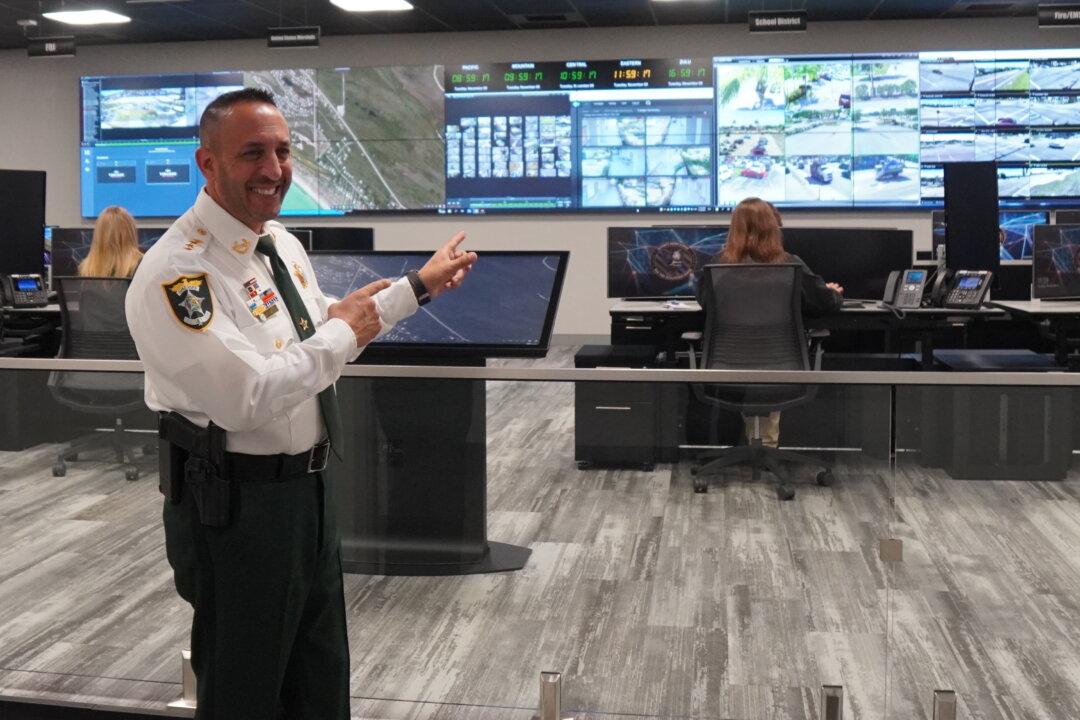If you want to commit a crime it is best to stay out of Lee County, Florida, because chances are “you will be caught” by the ever-vigilant Real Time Intelligence Center (RTIC), warns Sheriff Carmine Marceno.
Marceno told The Epoch Times the center allows his Lee County Sheriff’s Department to be “always watching.”




